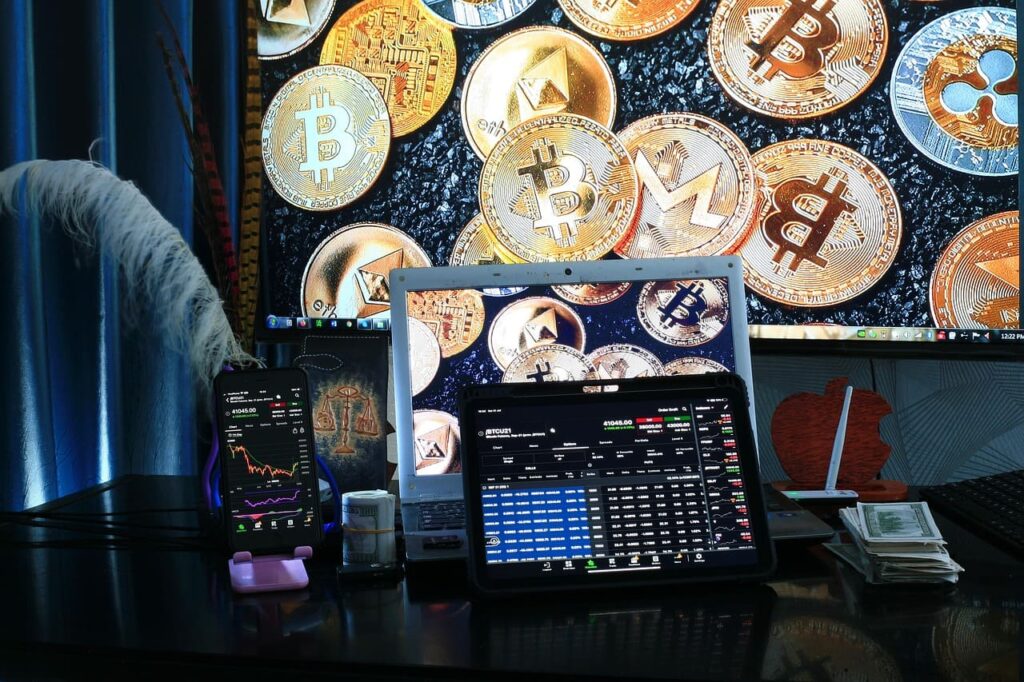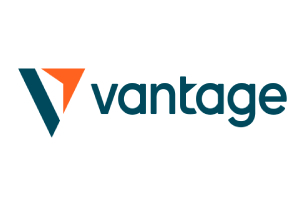
Online trading platforms are accessible 24/7, ensuring investors can always access desired crypto markets. If you want to make the most out of trading endeavors, it’s important to understand how real-time trading microeconomics works.
Some components of microeconomics include a complete free structure, platform incentives, and execution costs. IQCent is one of the reputable platforms that keeps its charging system as transparent as possible. Microeconomic factors might look like hidden forces or unimportant components, but they can affect trading profitability over time. Here’s what you should know about them, so you can adjust the trading strategy accordingly!
What Are Execution Costs in Real-Time Trading?
The execution cost features a difference between the theoretical worth of a trade and the actual value at the time of finalizing the trade. Each asset or trade has a theoretical value before the transfer. Once the trade is initiated, the transaction value gets lowered by all the costs occurring in the process.
Here are some examples of execution costs:
- Slippage. A slippage happens when the price of executing the trade differs from the price at which the trade was planned. Let’s say that you wanted to buy an asset at $50, but the execution occurred at $50.15. That means the slippage cost is $0.15. The crypto market is famous for its volatility, so these slippages can be higher.
- Latency. It refers to how much time occurs between the trade order and execution. In busy markets, even a fraction of a second can make a difference in the execution price. Sometimes this doesn’t depend on the platform but happens due to network congestion or other issues.
- Spread widening during volatility. The majority of trading services will earn from the bid-ask spread. The problem is that high volatility can lead to these spreads increasing more than expected. If a major market event happens, a standard spread might dramatically increase.
- Opportunity costs. These describe the profit a trader might have gained if the trade had been executed efficiently. It often happens at slower platforms or those with a complicated charge structure.
It might seem that execution costs are low. However, they increase with each trade. In the long run, they can lead to significant losses, especially for experienced and large-sum traders.
Platform Fees and Their Hidden Impact on Traders
Source: Pexels
A trader needs to be familiar with how an investment platform charges for transfers made through it. Depending on the service, the charges might include the following:
- Spreads. Here’s the best example — you purchase a crypto coin at a 1:1,000 rate compared to USD. The selling price is 1:995. That means the spread is 5 pips, and that’s how much the platform earns from the trade.
- Commissions. The commission might refer to a trading percentage that will belong to the platform. Let’s say that the platform charges a 0.1% commission. If you execute a $100 trade, they will take $0.1. It might seem little, but it adds up with every trade.
- Overnight charges. Some platforms will charge users for holding a certain position during the night. You might encounter these as overnight, rollover, or swap fees. They vary on the platform, market conditions, and how long you keep the position open.
- Withdrawal fees. If you withdraw the money from the platform, you could end up paying fixed or variable charges. Most platforms have a minimum withdrawal requirement. Some will charge flat fees, such as $10, regardless of the withdrawal. Others increase the charges with the sum you cash out. They might charge 1% to 5% of the amount withdrawn.
- Inactivity penalties. If you haven’t used the platform in a while, it might charge you an inactivity fee. This happens after a month, three, or a year. Some accounts even get suspended this way, losing all the funds there.
Incentives Designed by Trading Platforms
The good news is that trading platforms also offer incentives to attract investors to their platforms. Here are some examples:
- Bonuses. Some platforms offer sign-up bonuses, while others provide a boost if you deposit funds into the trading account. Bonuses seem tempting, but they might come with wagering requirements and other conditions.
- Rebates. These are essentially cashback plans. If you spend enough on the platform, you get a part of those funds back into your account. These rates are usually from 1% to 10%.
- Contests. These are daily, weekly, or monthly tournaments with leaderboards. Most profitable traders earn rewards.
- Loyalty programs. The idea is to provide a benefit to loyal customers. The advantages include better rebate percentages, loyalty points that could be converted to cash, etc.
How to Minimize Execution Costs and Platform Fees
Some expert tips to follow include these:
- Always go with transparent platforms. Look for websites that have fees clearly stated in their terms. Reputability plays a great role since the biggest platforms tend to be those without hidden fees.
- Use limit orders. You can limit the price at which the order will be executed, which is convenient to avoid potential slippages.
- Avoid volatile periods. Some traders know when to expect volatility. If you aren’t among those, it’s better to wait for conditions to stabilize.
- Monitor swap fees. If you plan to hold the position for longer than a day, these charges become relevant.
- Take advantage of the incentives, but use them carefully. Get the most out of the bonuses and loyalty programs, but don’t let them take you into aggressive and risky trading.
Summarizing Microeconomics for Retailers
From the perspective of a trader, it might seem that the microeconomics of a trade doesn’t affect them too much. However, cumulative costs might lead to significant actual and expected profit discrepancies. That’s why understanding how everything works is imperative. Figuring out the mechanics is the way to adjust your strategy for the world of real-time trading. You will need to make smart and fast decisions, and knowing microeconomics’ ins and outs can be of great importance!
- Broker
- Min Deposit
- Score
- Visit Broker
- Award-winning Cryptocurrency trading platform
- $100 minimum deposit,
- FCA & Cysec regulated
- 20% welcome bonus of upto $10,000
- Minimum deposit $100
- Verify your account before the bonus is credited
- Fund Moneta Markets account with a minimum of $250
- Opt in using the form to claim your 50% deposit bonus
Learn to Trade
Never Miss A Trade Again

Signal Notification
Real-time signal notifications whenever a signal is opened, closes or Updated

Get Alerts
Immediate alerts to your email and mobile phone.

Entry Price Levels
Entry price level for every signal Just choose one of our Top Brokers in the list above to get all this free.



